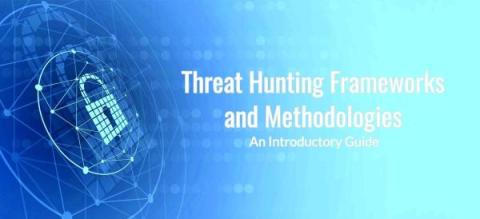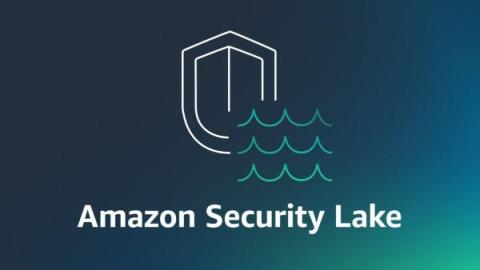Top Security Data Types: Exploring the OCSF Framework
In cybersecurity, it’s a big challenge to handle diverse data formats across various platforms. The Open Cybersecurity Schema Framework (OCSF) aims to address this by standardizing data security formats and simplifying the process of threat hunting. Major players like IBM, AWS and others are working together to standardize data with this open-source project, emphasizing its importance.











